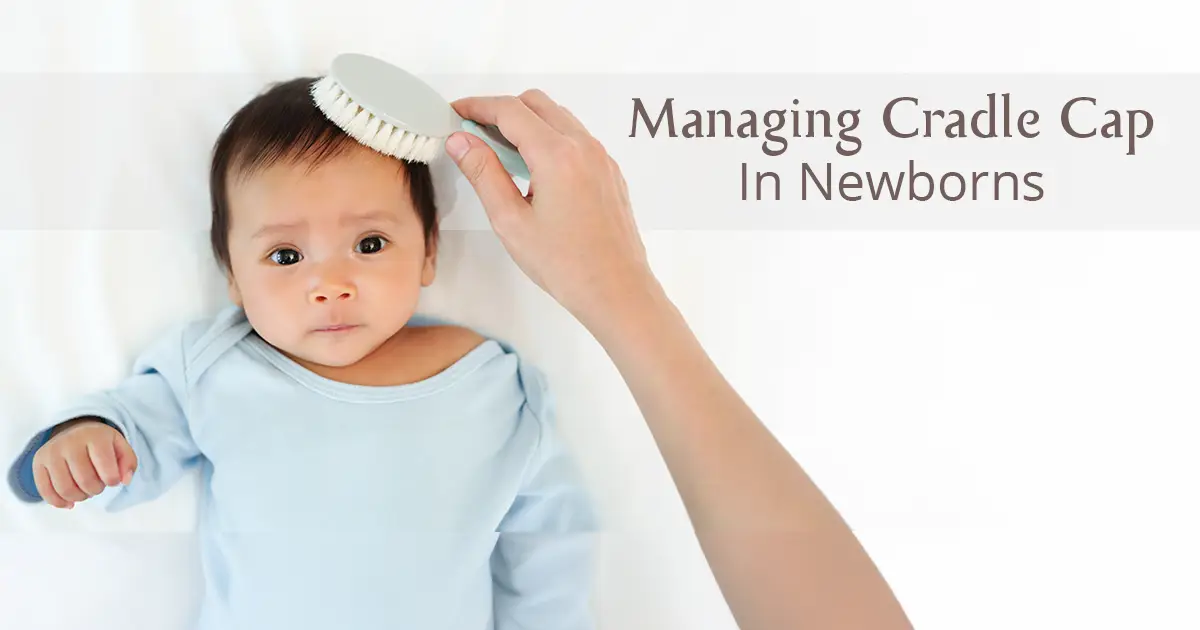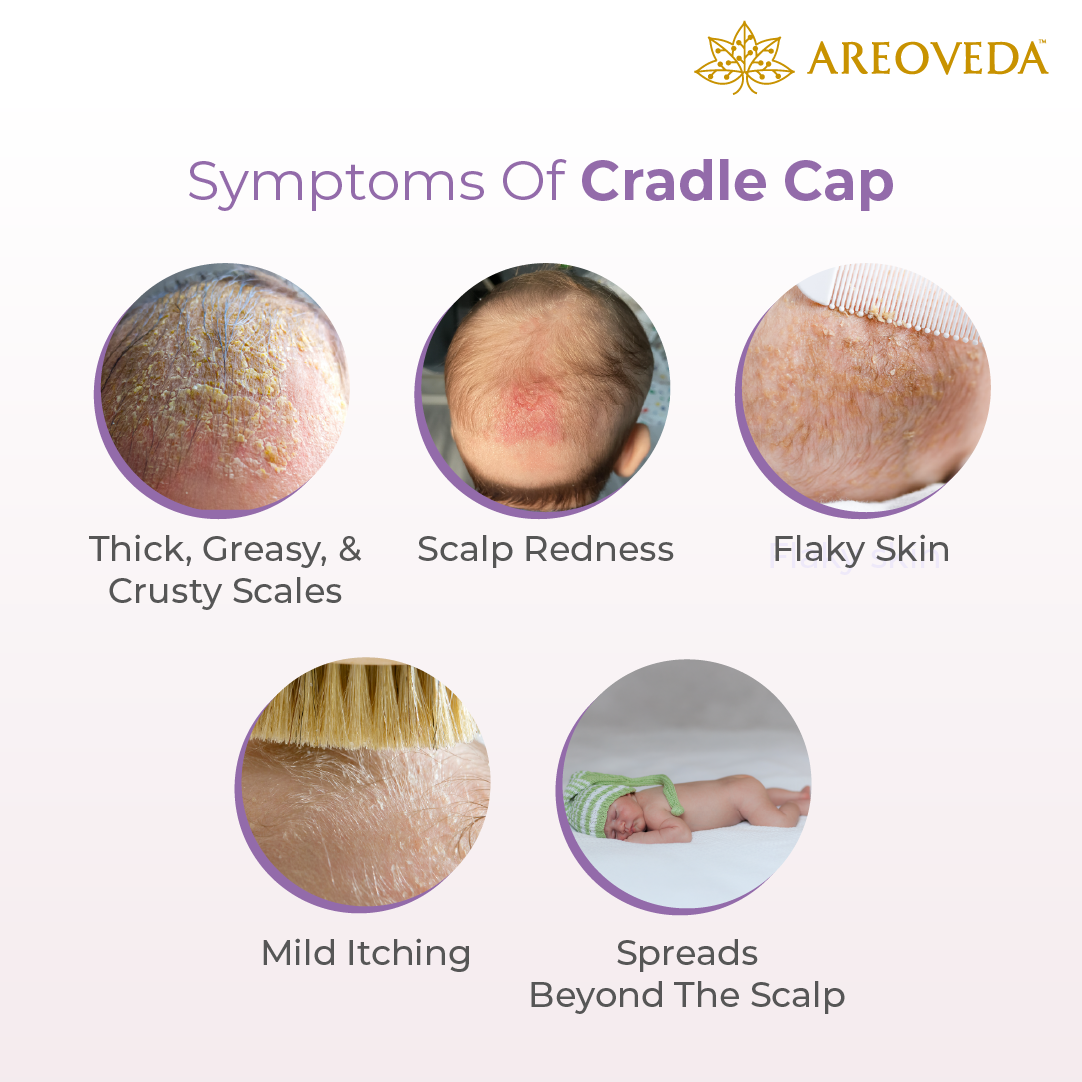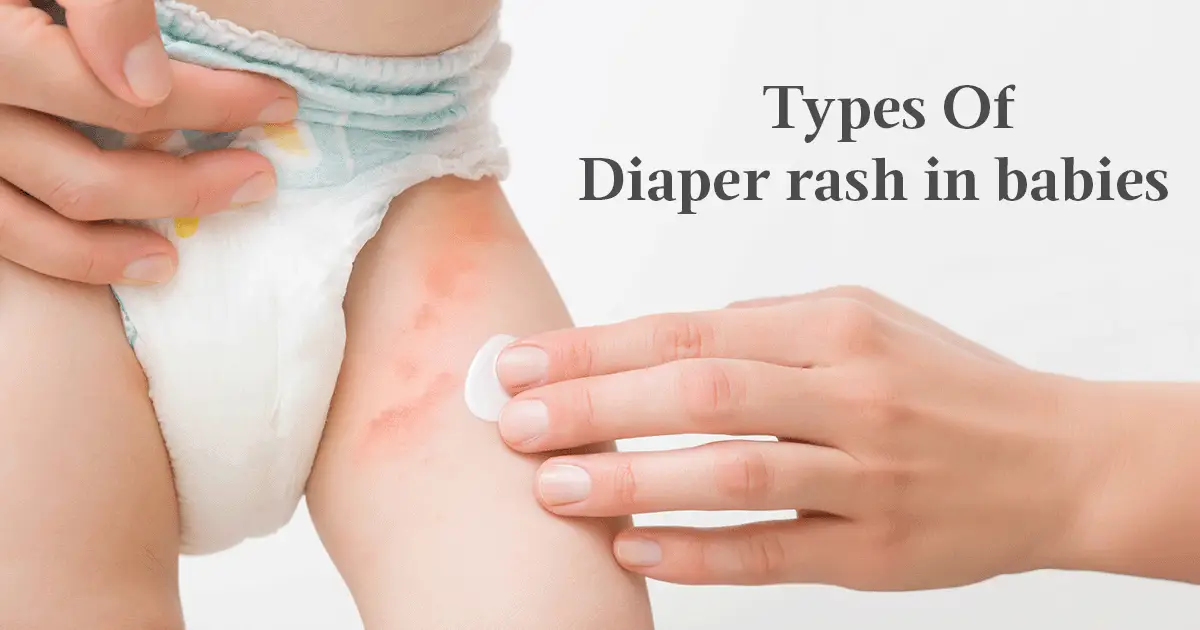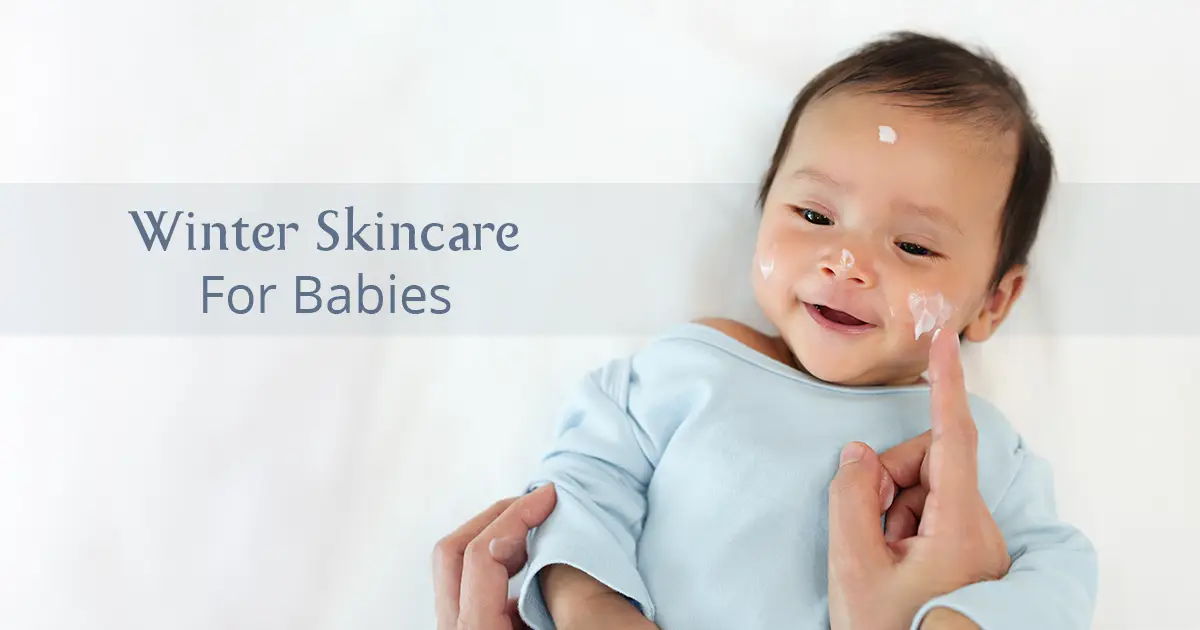
Have you noticed a thick layer of scaly build-up on your newborn’s scalp? It’s what is known as the cradle cap. And have you ever wondered why the word cap is added to denote the condition? It’s due to the pattern in which these scales usually form, just as a baby would wear a cap.
Cradle cap is a prevalent yet harmless condition in babies between 2 weeks to 12 months.1 Apart from the scalp, the condition may affect other parts of their bodies too.2
Even though the cradle cap goes away by the time babies reach their 1st birthday,2 it’s common for us as parents to think of ways to resolve the condition quickly. It sometimes also makes us worry and makes us wonder what we did wrong when we see a condition like this affect our babies.
So read on to learn more about cradle cap in newborns. And discover practical ways to help your baby get rid of the condition quickly.
What Is Cradle Cap?
Cradle cap, medically known as infantile seborrheic dermatitis, is a common skin condition that appears as a flaky crust on a baby’s scalp. It may look concerning, but it doesn't cause any pain or discomfort.2
These scaly patches usually develop in areas where there are more oil-producing (sebaceous) glands, like the scalp, behind the ears, eyebrows, or even in skin folds of their neck and armpits.2
What Does A Cradle Cap Look Like?

The first signs of cradle cap are the development of scaly patches on your baby’s scalp. These patches may appear.1
- Flaky or crusty – sometimes dry, other times greasy.
- Yellowish greasy patches
- Red and moist in skin folds
The scales may sometimes appear reddish or pinkish, or darker than the baby’s usual skin color, depending on the baby’s complexion.
Cradle Cap Vs. Seborrheic Dermatitis: What's The Difference?
Seborrheic dermatitis and cradle cap tend to be mistaken for each other but are not the same. Cradle cap is actually a milder form of infantile seborrheic dermatitis. Here’s how they differ:
|
Cradle Cap (Infantile Seborrheic Dermatitis) 2 |
||
|
Age Group |
Infants (2 weeks to 12 months) |
Children, teenagers, and adults |
|
Affected Areas |
Primarily scalp (can also appear on eyebrows, forehead, behind ears, diaper area, neck folds) |
Scalp, face (especially around the nose & eyebrows), ears, chest, and back |
|
Appearance |
Yellowish, greasy, scaly flakes that may form a "cap" on the scalp |
Inflamed, flaky patches with white or yellow scales |
|
Itching |
Rarely itchy or uncomfortable |
Often itchy and irritated |
|
Duration |
Resolves on its own by 12 months |
Chronic condition (can flare up repeatedly in life) |
Cause & Symptoms Of Cradle Cap
Scientists aren’t very sure what causes the cradle cap. But they do propose several causative factors such as:
- Mother’s hormones which pass on from the placenta to the baby.
- Excessive oil production that causes the skin cells to clump and stick instead of shedding
- Growth of certain yeast that’s a natural baby-skin dweller. However, the exact mechanism of how this happens is still not so clear.2
The first symptom that you notice is the development of scaly patches on your baby’s scalp. They’re like flakes, sometimes dry & at other times greasy. These aren’t generally itchy or cause discomfort to your baby. Sometimes the little ones don’t even seem to notice it.2
Occasionally, the scales may form in areas beyond the baby’s scalp such as:2

- Baby’s eyebrows
- Their forehead.
- Folds of their arms or necks.
- Behind their ears.
- In their diaper area.
These scales can take the appearance of crusts or flakes & can be accompanied by a rash that’s reddish or pinkish. Sometimes the rash may be darker than the usual skin colour if the baby’s complexion is dark.2
How Is Cradle Cap Diagnosed?
A simple visual examination by a doctor can help identify if the baby has a cradle cap. The typical features and location of the scales are clear cues to make a diagnosis. No additional medical tests or biopsies are required.2
After a confirmatory diagnosis, treatment must follow. Continue reading to find out how that’s possible.
Remedies To Treat & Calm Your Baby’s Cradle Cap
Generally, the diagnosis of cradle cap is not a thing of concern. But persistent itching & scratching may sometimes result in the development of bacterial infections.4
As a parent or caregiver, you can adopt the following steps to get rid of your baby’s cradle cap:
1. Avoid Picking Or Scratching
It's very common to feel the urge to scratch/pick your baby’s flaky scalp. However, it can cause irritation or infection if you do so. Therefore, it’s crucial to think twice before scratching your baby’s head. To prevent getting scalp infection, let the flakes shed on their own. 2
2.Oiling
To get rid of a thick layer of cradle cap, softly massage your child’s scalp with baby oil or an emollient. This can help loosen up those flaky scales. After a bit, comb or shampoo their scalp to remove the flakes. Oil can be applied a few hours or overnight before shampooing for better results. 2 5
3.Gentle Cleansing & Rinsing
Wash your child’s scalp with a gentle motion using a mild, tear-free baby shampoo. This can aid in eliminating loose flakes without irritating the skin. However, make sure not to rub too vigorously to avoid causing any bruises on their scalp. To avoid dryness and worsening cradle cap, wash their head twice weekly. 2 5
And if you’re looking for the best cleanser that is completely natural, gentle & toxin free, AreoVeda's Baby Head-To-Toe Foam Wash is the ideal choice for your little one. Consistently using it can help decrease scalp flakiness while also keeping your baby’s skin moisturised from head to toe.
4.Use Soft Brush/Comb
Always ensure to use a soft toothbrush or silicone baby comb, after oiling and before shampooing your newborn’s head. Brush it gently to prevent any harm to their sensitive scalp. This can help remove thick, scaly layers and keep their scalp healthy. 4
5.Monitor The Symptoms
Keep an eye on your newborn’s seborrheic dermatitis to observe if it improves or worsens. Showing progress may require a few weeks or possibly even months. Most babies no longer have cradle caps when they turn one year old. 1
6.Consult A Paediatrician
If the above remedies don’t work, don’t worry! Consider consulting a paediatrician for personalised advice and treatment options.
When To See A Doctor?
In most cases, the cradle cap resolves on its own with proper care. However, consult a pediatrician if you notice:2
- Redness, swelling, or pimple-like bumps (indicating infection).
- Persistent patches beyond 12 months that don’t improve.
- Cradle cap spreading to other areas with severe irritation.
Conclusion
So mums & dads, while it may look quite concerning, that cradle cap in newborns is not harmful for your little one. And with the tips mentioned above, we’re sure that you’ll be able to manage it effectively.
But make sure that If the condition doesn’t improve after the baby reaches the 12-month mark, you must see a baby dermat for the same!
Disclaimer: This blog provides general information and is not a substitute for professional medical advice.
FAQs
1. Does Cradle Cap Pose Harm To My Baby?
No, generally it isn’t harmful or even annoying for that matter to babies. It might look a bit worrying at first, but it doesn’t bother your baby or cause any pain. Cradle cap is not itchy, harmful, or contagious. And in most cases, it clears up on its own with a little care and patience.
2. Can I Prevent Cradle Cap from Occurring?
You may not be able to completely prevent cradle cap, but you can surely lower the chances with gentle care and a little patience. All you have to do is to wash your baby’s scalp a few times a week using a mild baby shampoo, and if you notice any flakes, softly brush them off. These simple steps can help you keep your baby’s scalp clean and healthy.
3. How Can We Tackle Cradle Cap In Newborns
To tackle cradle cap, start by gently washing your baby’s scalp with a gentle cleanser, and then use a soft brush to loosen the flakes. If scales don’t come off easily, use baby oil or petroleum jelly to soak & help loosen them. But remember, avoid picking at the scales, as it can cause irritation. And if the condition doesn’t improve or worsens, it’s best to consult your pediatrician.









.webp)

